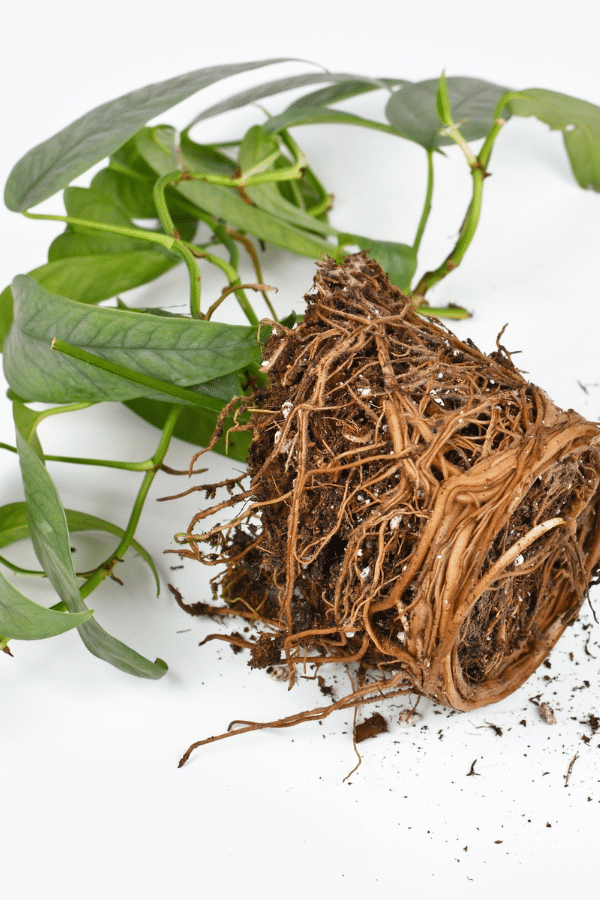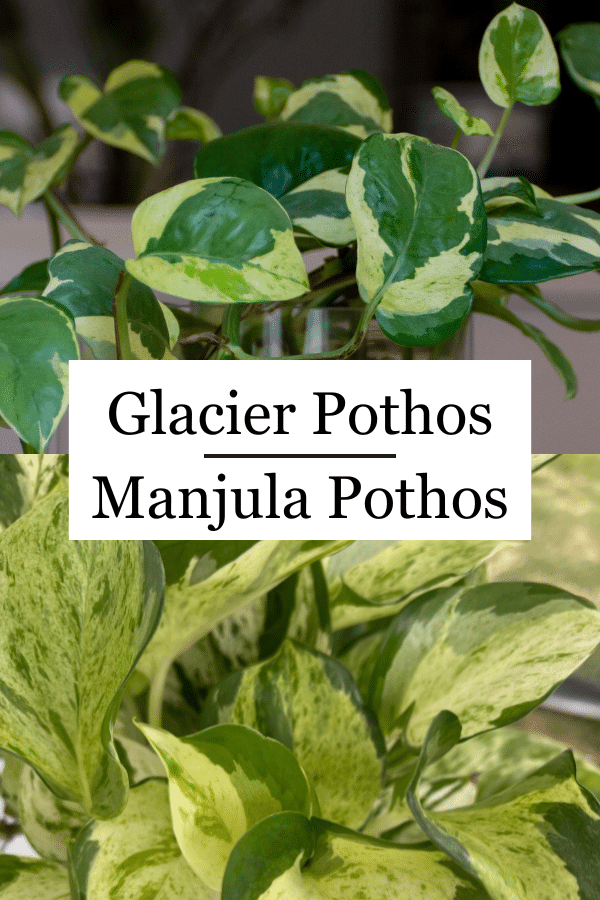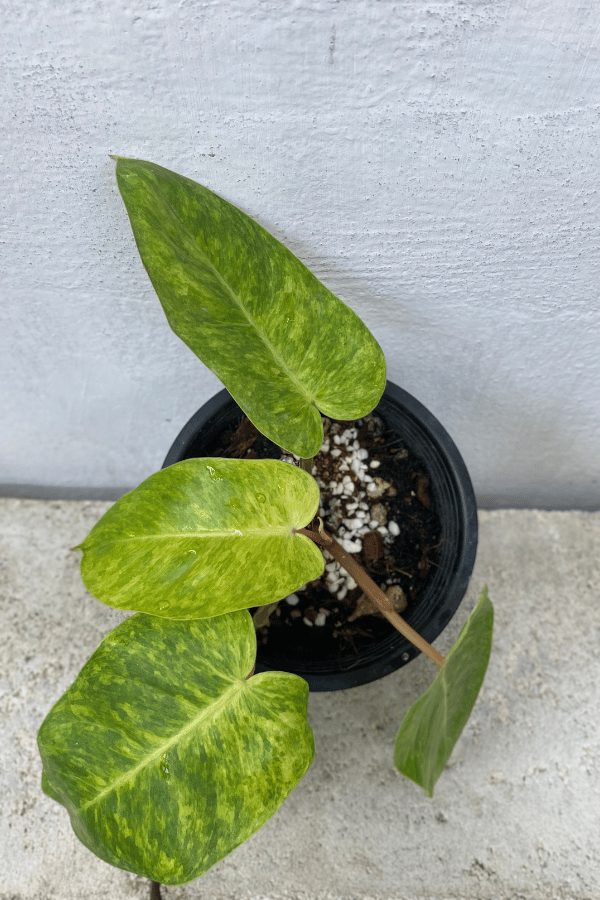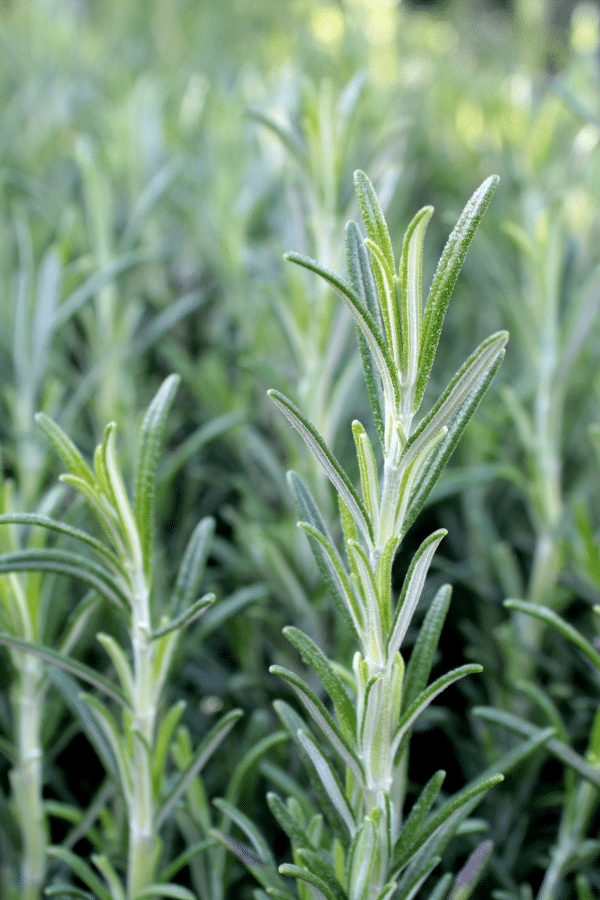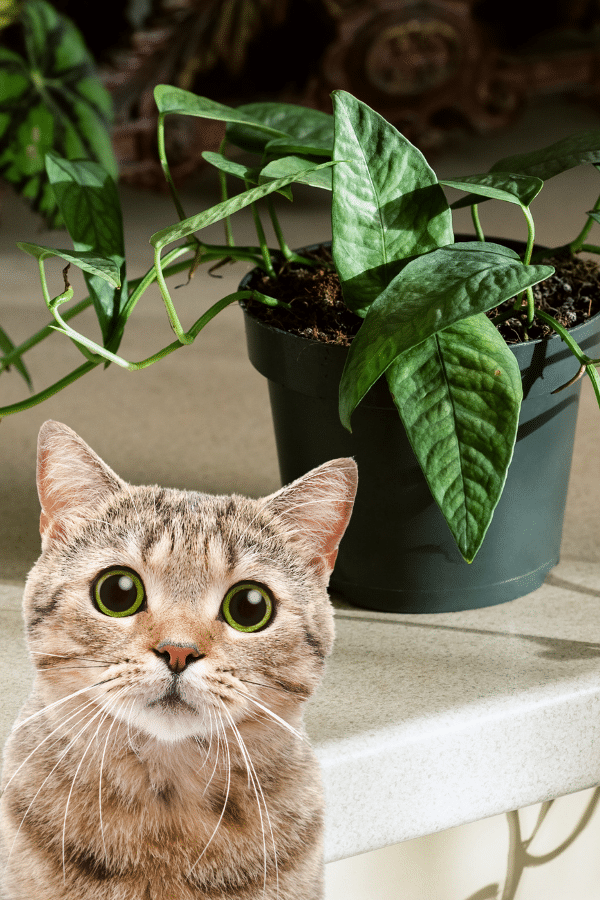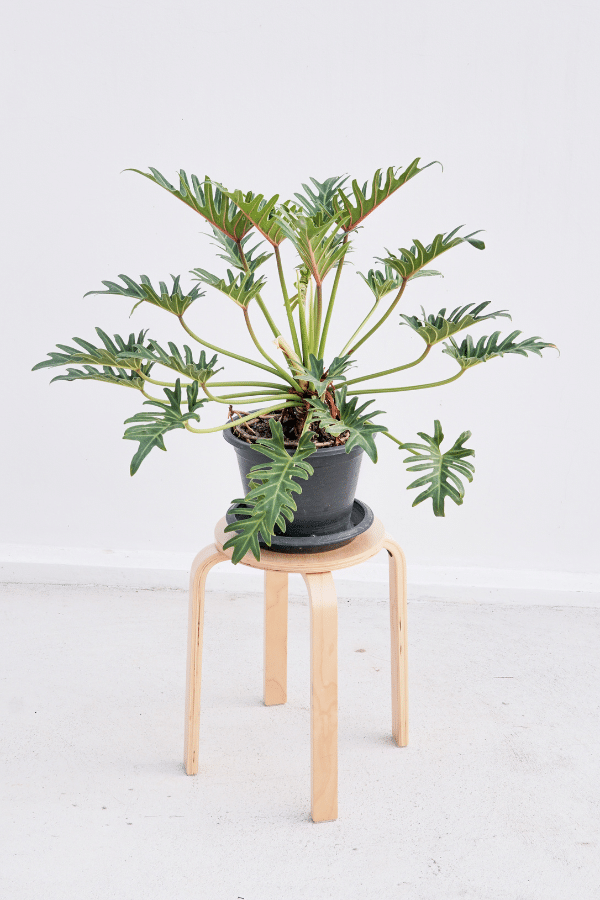Blue Chalk Sticks
Scientific Name: Senecio Mandraliscae, Senecio Serpens
Common Name: Blue Chalk Sticks
Blue Chalk Sticks care is easy. Being a succulent, this plant requires minimal care and is a great plant for beginning plant parents!
To give this Senecio Mandraliscae the best care, it requires fast-draining sandy soil, dry soil before rewatering, bright light, and a temperature range from 20-85F.
Quick Care Overview
| Common Name | Blue Chalk Sticks, Blue Fingers |
| Scientific Name | Senecio Serpens, Senecio Mandraliscae |
| Family | Asteraceae |
| Origin | South Africa |
| Growth Rate | Slow |
| Identification | Chalky grey-blue thin leaves |
| Height | Up to 18 inches tall |
| Soil | Fast draining sandy soil |
| Water | Let completely dry out before watering |
| Temperature | 20-85F |
| Sunlight | Bright sunlight |
| Toxic to Cats & Dogs | Yes |
| Toxic to Humans | No |
| Pests | Mealybugs |
| Diseases | Root rot |
Below we will dive deep into this Blue Chalk Sticks care guide.
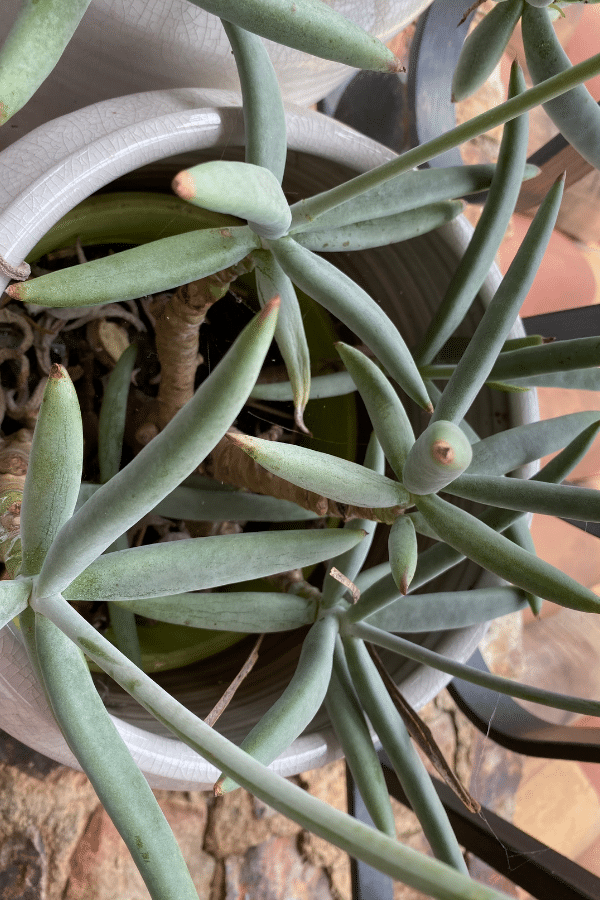
Blue Chalk Sticks History
Native to South Africa, the succulent known by the name blue fingers, Blue Chalk Sticks, or Senecio Serpens, is often a favorite amongst succulent lovers. Senecio talinoides subs. Mandraliscae is thought to be a hybrid species of Blue Chalk Sticks and was found in Italy. Having powdery blue, almost alien-looking, finger-like leaves, this gorgeous succulent also produces stunning white summer flowers. This beautiful shaggy plant will bring contrast and an excellent focal point to any part of the home. This plant is considered a good choice for beginners.
Blue Chalk Sticks Identification
This succulent has vertical chalky-looking, greyish-blue leaves that appear to almost look like fingers. Blue fingers may reach up to over a foot in length. Covered in wax and varying in color from grey, blue, to purple, this succulent makes for a gorgeous attention grabber. Blooms of this succulent are white in color.
Blue Chalk Sticks Growth Facts
This attractive, easy-to-grow plant thrives in a container or outside landscaping, depending on the climate. Often forming dense mats within their growing area, this supple succulent is fun to grow indoors.
How Big Does a Blue Chalk Sticks Get?
This plant may grow up to 18 inches in height and may spread up to 3 feet when given enough room to grow.
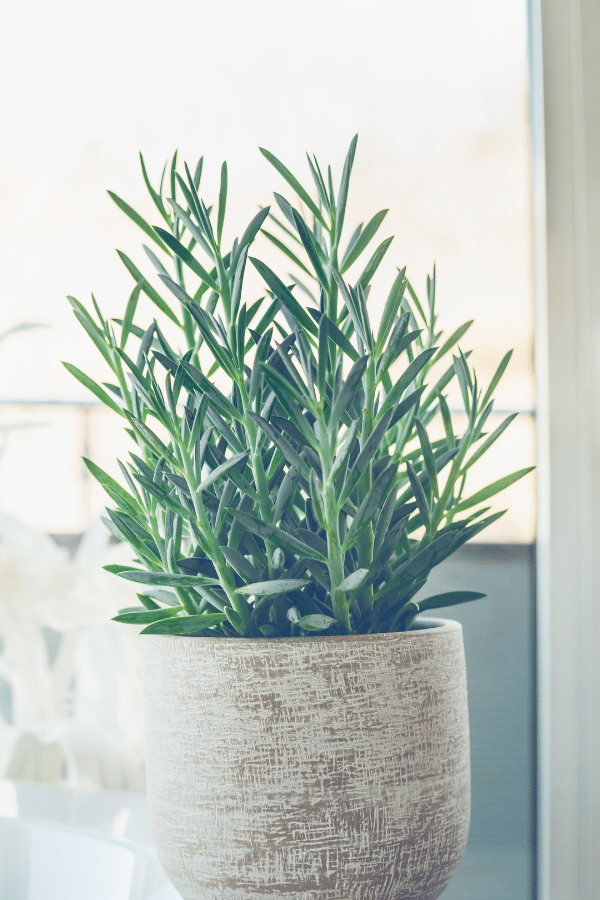
Blue Chalk Sticks Care
Considered an excellent plant for beginners, Blue Chalk Sticks care is easy and drought tolerant.
Searching for a new houseplant?
Take our houseplant quiz to see what your next plant should be based on the room it’s in, the specific lighting the room receives, if you want it on the floor or on the table, and much more!
Blue Chalk Sticks Soil
This succulent will require a quick-draining, gritty growing medium, such as a commercial cactus and succulent mix. Alternatively, you may create your own growing medium by mixing perlite and coarse sand to potting soil at a 1:1 ratio. Sandy, well-draining soils will be best for Senecio Serpens.
Blue Chalk Sticks Fertilizer
Blue Chalk Sticks will benefit from receiving a low-nitrogen, succulent plant fertilizer indicated for indoor plants. This succulent should be fertilized biannually or annually during the growing season. Ensure that you follow all label instructions and do not overfertilize.
Blue Chalk Sticks Watering
Like many succulents, Senecio Serpens will enjoy a sufficient drying period between waterings. Blue Chalk Sticks prefer to stay on the extra dry side. When watering, the soil should be soaked entirely and then allowed to dry completely before watering again. Depending on growing conditions, watering will likely need to be done every 2-3 weeks. Being especially prone to root rot, this plant should never remain sitting in wet soil for more than two days. Ensure that your plant has suitable drainage holes in its container, has a proper growing medium, and is not allowed to sit in excess water within a drainage tray. However, very young plants in their first growing season require more water to become well established and may need to be watered up to once a week or whenever the soil has completely dried. As with many houseplants, you should avoid watering the leaves of this succulent directly.
Blue Chalk Sticks Light Requirements
This succulent likes ample, bright sunlight and should be placed by a southern facing window with plenty of sunlight. If you cannot provide Senecio Serpens with ample sunlight indoors, you may choose to grow it under grow lights for about 16 hours daily. Lights should remain 6-12 inches above the plant.
Blue Chalk Sticks Temperature & Humidity
Blue Chalk Sticks like to be kept in warm temperatures but may tolerate lower temperatures down to 20 degrees Fahrenheit intermittently. Be careful not to allow your succulent to be kept in cold conditions, however. This succulent will not last long when kept below freezing. Additionally, this plant will tolerate average household humidity and doesn’t mind dry air.
Repotting Blue Chalk Sticks
This succulent loves to be placed in a breathable ceramic pot. The pot should be large enough for root growth but not so large that water will take a longer time to dry up. Senecio Serpens should be repotted in early spring in a slightly larger container after it has become rootbound.
Blue Chalk Sticks Maintenance & Pruning
Blue Chalk Sticks may be cut back in late summer if needed. This slow-growing succulent does not require much pruning. However, if your succulent becomes too tall or leggy, it may be pinched off periodically as required. Pruning will encourage bushier branching. Use sterilized shears and remove unwanted stems from the base. Do not water immediately after pruning to prevent fungal disease.

Blue Chalk Sticks Propagation
This succulent can easily be propagated through clumps, stem or leaf cuttings, or from seed. The most efficient way to propagate this plant is through division. As Blue Chalk Sticks grow in a clumping formation, clumps may easily be pulled away from the plant and repotted in their own container. Ensure that you do not damage the fragile roots of this succulent.
Blue Chalk Sticks Toxicity
The Blue Chalk Sticks are not toxic to humans and not listed on the ASPCA website for toxicity of pets. Don’t consume this plant in any way.
Toxicity to Humans
This plant is not considered toxic to humans. However, this succulent should not be ingested.
Toxicity to Cats & Dogs
Senecio Serpens is unlisted on the ASPCA database of toxic plants. However, care should be spent not to allow your pet to ingest this plant. If you suspect your cat or dog has consumed any portion of this plant and shows signs of distress, contact your veterinarian or animal poison control immediately.
Blue Chalk Sticks Problems
Blue Chalk Sticks Leaves Turning Yellow
The most common sign of leaves turning yellow is due to overwatering or from scale.
Blue Chalk Sticks Leaves Turning Brown
If overwatered, leaves may turn brown due to a disease called root rot.
Blue Chalk Sticks Diseases
Like many other succulents, Senecio Serpens rarely has issues with disease. However, you should be on the lookout for any issues and treat accordingly. Root rot may occur due to overwatering.
Blue Chalk Sticks Pests
This succulent rarely has issues with pests; however, it is not entirely immune to infestation. Be sure to be on the lookout for any pest activity. Mealybugs or scale may affect this plant and should be treated with insecticidal soap.

